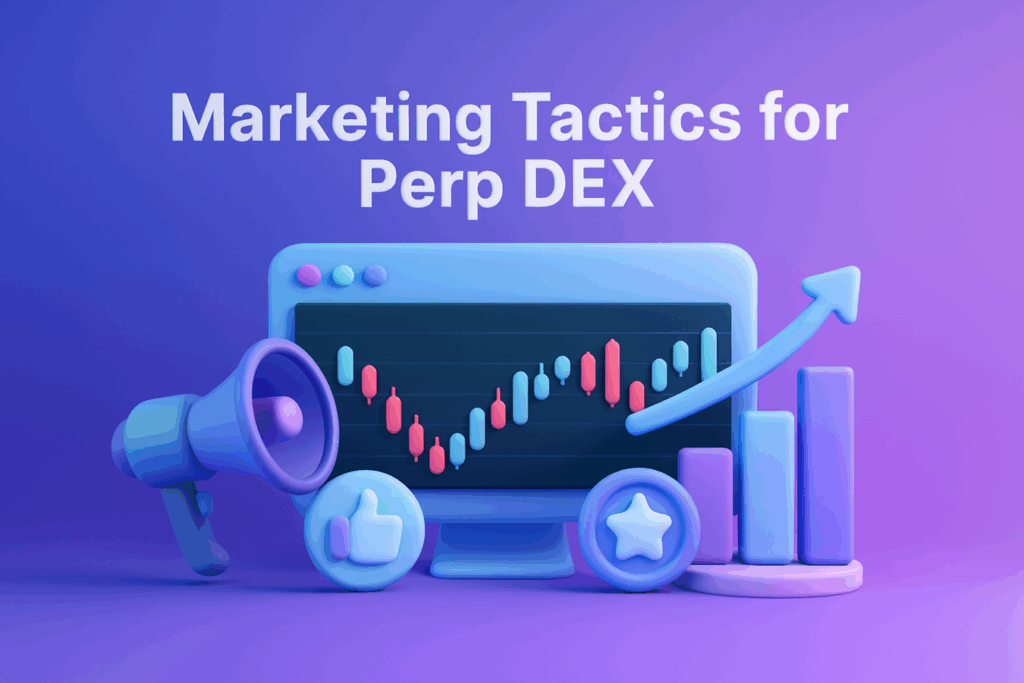The AI Crypto: Where Innovation Meets Investment
The race for the best AI crypto presale is heating up. As new AI crypto presale offerings flood the market, discerning investors and developers need a clear framework to evaluate which token sales deliver genuine innovation—versus mere buzzword hype. We’ve sifted through the noise to surface ten presale AI crypto projects that integrate AI as a core pillar, boast transparent tokenomics, and demonstrate strong teams, real use cases, and vibrant communities.
AI Crypto Presales at a Glance: Rapid-Fire Comparison Guide


Spinor ($SPNR)
Distributed intelligent supercomputerRaising
- $250,000
Date
Launchpad


XMAQUINA ($DEUS)
AI-driven machines in the real worldRaising
- $1,000,000
Date
Launchpad


Zesh AI Layer ($ZAI)
On-chain AI agents and toolsRaising
- $100,000
Date
Launchpad



Hydro ($SUIRWAPIN)
AI-powered master node tokenizationRaising
- $300,000
Date
Launchpad


EarnPark ($PARK)
AI-powered trading and risk-management softwareRaising
- $1,100,000
Date
Launchpad



Metacces ($ACCES)
AI personalizing user experienceRaising
- N/A
Date
Launchpad


Iceberg ($ICEBERG)
AI-powered toolsRaising
- $1,720,000
Date
Launchpad


Walme ($WLM)
AI-driven signals and asset analysisRaising
- $3,570,000
Date
Launchpad


Sahara AI ($SAHARA)
Decentralized AI marketplace and infrastructureRaising
- $8,500,000
Date
Launchpad


Friendly Giant ($GIANTAI)
DeepSeek R1-powered autonomous AI agentRaising
- $120,000
Date
Launchpad


Flagship (FYI)
AI-driven DeFi and social trading platformRaising
- To be announced
Date
Launchpad


RWALayer ($VIRTUALAI)
Layer-2 for real-world assets with AI integrationRaising
- $100,000
Date
Launchpad
Disclaimer: This article is for informational purposes only and does not constitute financial advice. Always do your own research before investing in cryptocurrencies.
Behind the Curtain: How We Handpicked the Top 10 AI Crypto Presale
Our team at ICODA evaluated these projects based on rigorous criteria to ensure we’re spotlighting the cream of the crop:
- AI Integration: Projects with AI at their technical heart, not as marketing fluff.
- Tokenomics Transparency: Clear allocations, vesting schedules, and realistic FDVs.
- Team & Backers: Public, experienced founders and credible VC or ecosystem support.
- Differentiation: Unique value proposition or moat in the crowded AI + Web3 space.
- Community Traction: Active social channels, growth metrics, and genuine engagement.
Deep Dive: The AI Coins Poised to Disrupt the Blockchain Landscape
Spinor ($SPNR)
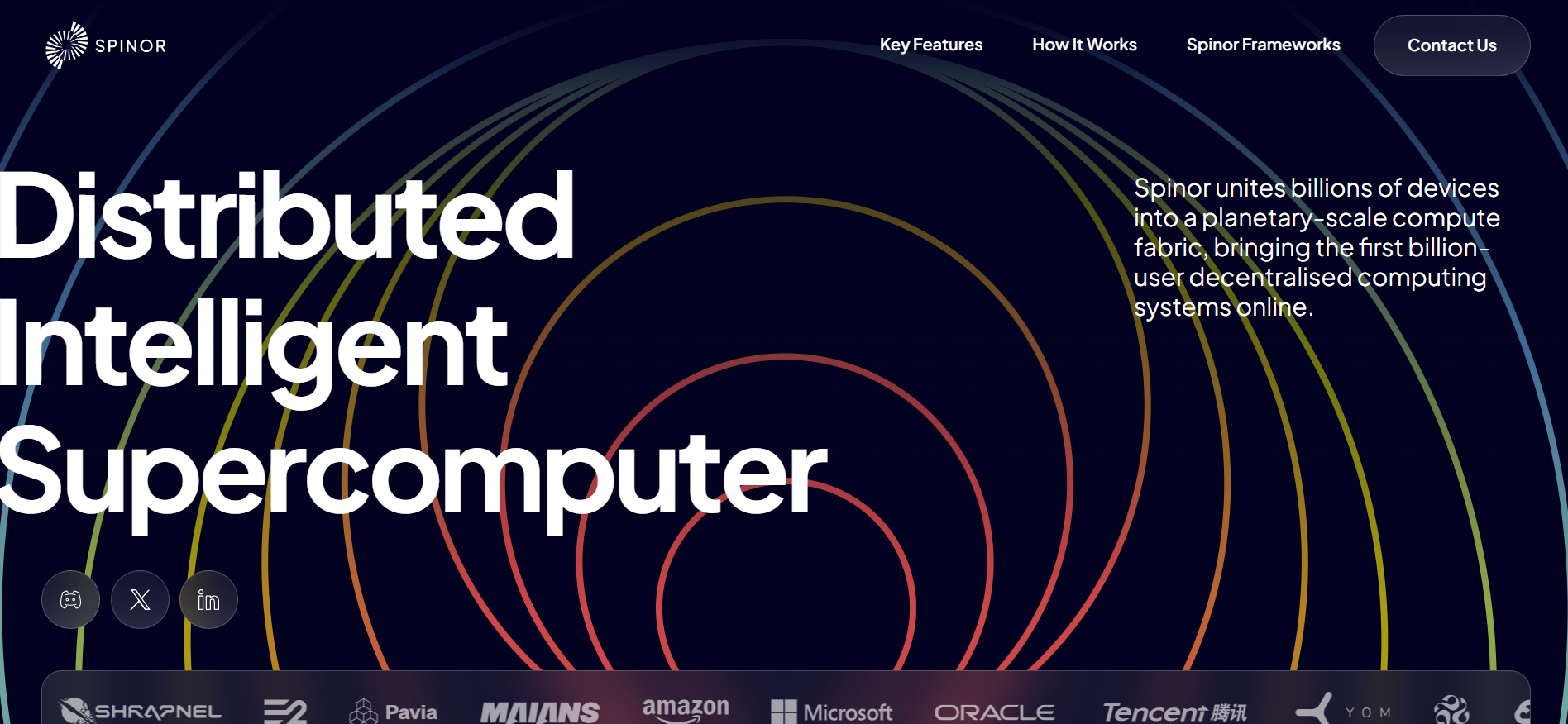
Spinor positions itself as a pioneering Layer-1 blockchain, engineered to operate as a distributed intelligent supercomputer. Beyond simply offering ZK-proof-based validity, it intelligently manages node workloads via built‑in AI orchestration, optimizing performance for real‑time gaming, digital twins, and fully on‑chain AI agents. With sub‑10ms finality and a patented Quark engine, Spinor addresses the latency bottlenecks of existing networks like iExec or Akash. Highly experienced founders from Google AI and gaming, alongside backers such as Sino Global, Spartan Group, and Gavin Wood, reinforce Spinor’s credibility in delivering on its ambitious roadmap.
Key Features & Strengths:
- AI-driven network management: Autonomous DevOps, dynamic resource scaling.
- Spinor Quark ZK engine: Ultra-low latency transactions and compute proofs.
- High-profile ecosystem support: Polkadot/Ethereum pioneers and traditional tech VCs.
- Robust vesting schedule: 25% at TGE, 36‑month linear unlock to align incentives.
XMAQUINA ($DEUS)

XMAQUINA is redefining DePIN through a robotics-focused DAO that tokenizes physical machines. By pooling resources in DEUS, the community invests in AI-powered robots, autonomous vehicles, and industrial automation startups, effectively functioning as an on-chain venture fund for hardware. Its successful Gen-Auction drew 500k participants, raising $30M, and demonstrated demand for tokenized real‑world AI assets. Built on Peaq Chain in the Polkadot ecosystem and led by robotics veteran Mauricio Zolliker, XMAQUINA offers a differentiated play in Physical AI versus software‑centric competitors like SingularityNET.
Key Features & Strengths:
- Physical AI focus: Direct exposure to robotics and automation ventures.
- Transparent auction mechanics: On-chain Gen-Auction, dynamic pricing model.
- Polkadot ecosystem synergy: Cross-chain compatibility and infrastructure support.
- Balanced vesting: 33% TGE unlock, 12‑month linear vesting to ensure stability.
Zesh AI Layer ($ZAI)
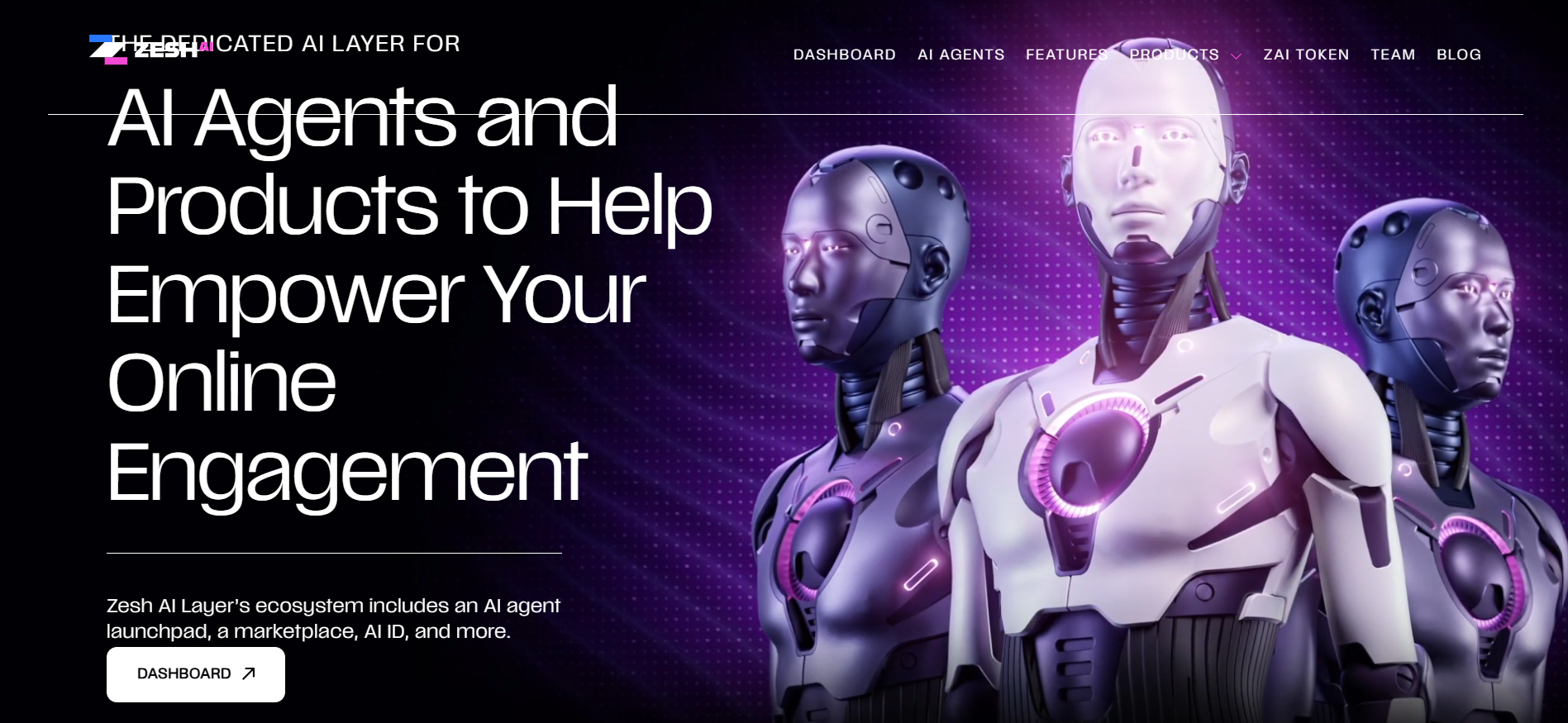
Zesh AI delivers an on-chain marketing analytics suite via AI agents on Sui, targeting pain points like KOL identification, community moderation, and fraud detection. Its proprietary LLMs analyze social data, while demo bots showcase real‑time influencer scoring and campaign optimization. Following a $420K Polkastarter presale, ZAI emphasizes deep AI integration over superficial branding, touting partnerships with over 200 launchpads and ecosystem projects. Though still in early stages, Zesh’s focus on SocialFi and data‑driven marketing positions it uniquely among AI crypto presale offerings.
Key Features & Strengths:
- On‑chain LLM bots for influencer analytics and security.
- Sui blockchain integration: Low fees and fast throughput.
- Ecosystem partnerships: 200+ collaborators across DeFi and launchpads.
- Community allocation: 40% dedicated to staking, rewards, and marketing bounties.
Acurast ($ACU)
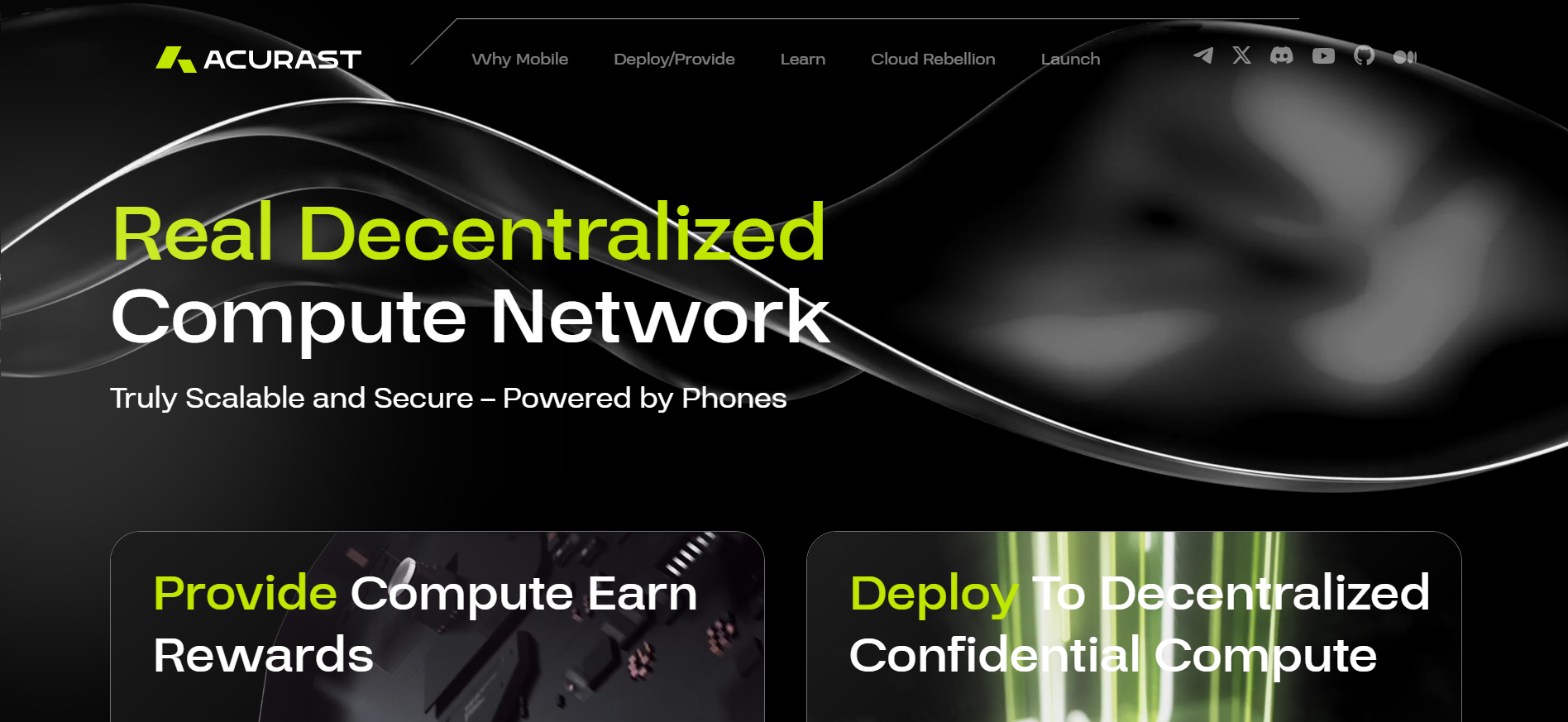
Acurast leverages smartphones as nodes in a decentralized, TEE‑enabled compute network, offering confidential AI inference outside traditional cloud providers. By enabling AI workloads like image recognition and model training on everyday devices, Acurast democratizes edge computing. Co‑founded by Dr. Gavin Wood and the peaq team, it has already onboarded 65K “Cloud Rebels,” demonstrating tangible traction. Its $5.4M CoinList raise at $0.09 per token values the network at $90M FDV, signaling institutional confidence and significant runway for scaling.
Key Features & Strengths:
- TEE‑backed AI inference: Secure, privacy‑preserving on-device compute.
- Smartphone‑powered network: Vast potential node base and low barrier to entry.
- Polkadot ecosystem alignment: Parachain compatibility and grant support.
- Extended vesting: Robust locks (24+ months) for team and early investors.
Hydro ($SUIRWAPIN )
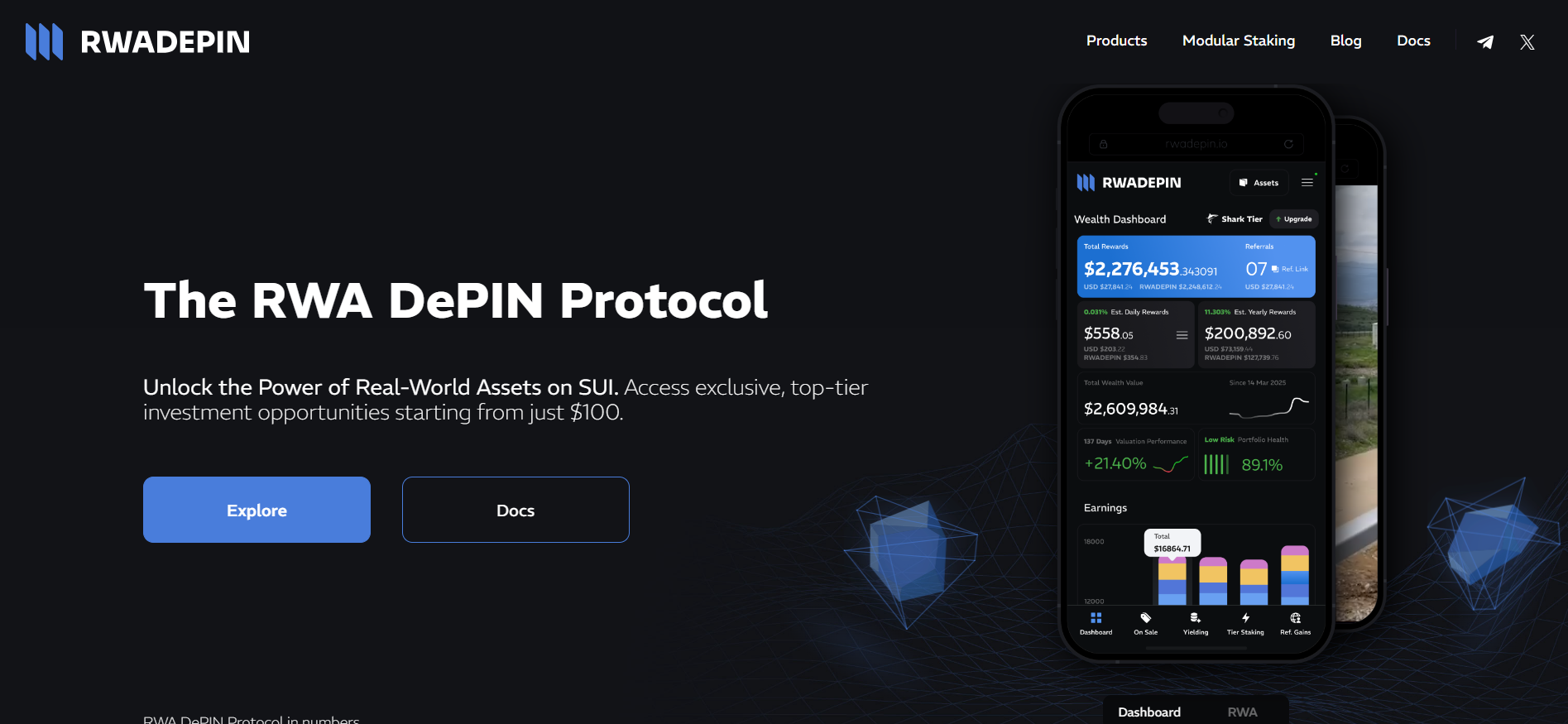
Hydro combines RWA tokenization with DePIN principles, enabling fractionalized investment in real‑world infrastructure—everything from real estate to renewable energy. Deployed on Sui and Ethereum, it offers modular staking pools, bond issuance, and an RWA launchpad. Having raised over $3.3M, Hydro’s sub‑$10M FDV reflects its nascent stage. Led by finance veterans from Bloomberg and Airbus, Hydro aims to outpace platforms like Centrifuge by integrating fast finality and cross‑chain liquidity, though regulatory navigation remains critical to its execution.
Key Features & Strengths:
- RWA & DePIN convergence: New frontier for tokenized physical assets.
- Dual‑chain deployment: Sui speed meets Ethereum liquidity.
- Finance expertise: Team backgrounds in institutional trading and engineering.
- Modest FDV: Attractive entry point relative to potential asset backing.
EarnPark ($PARK)
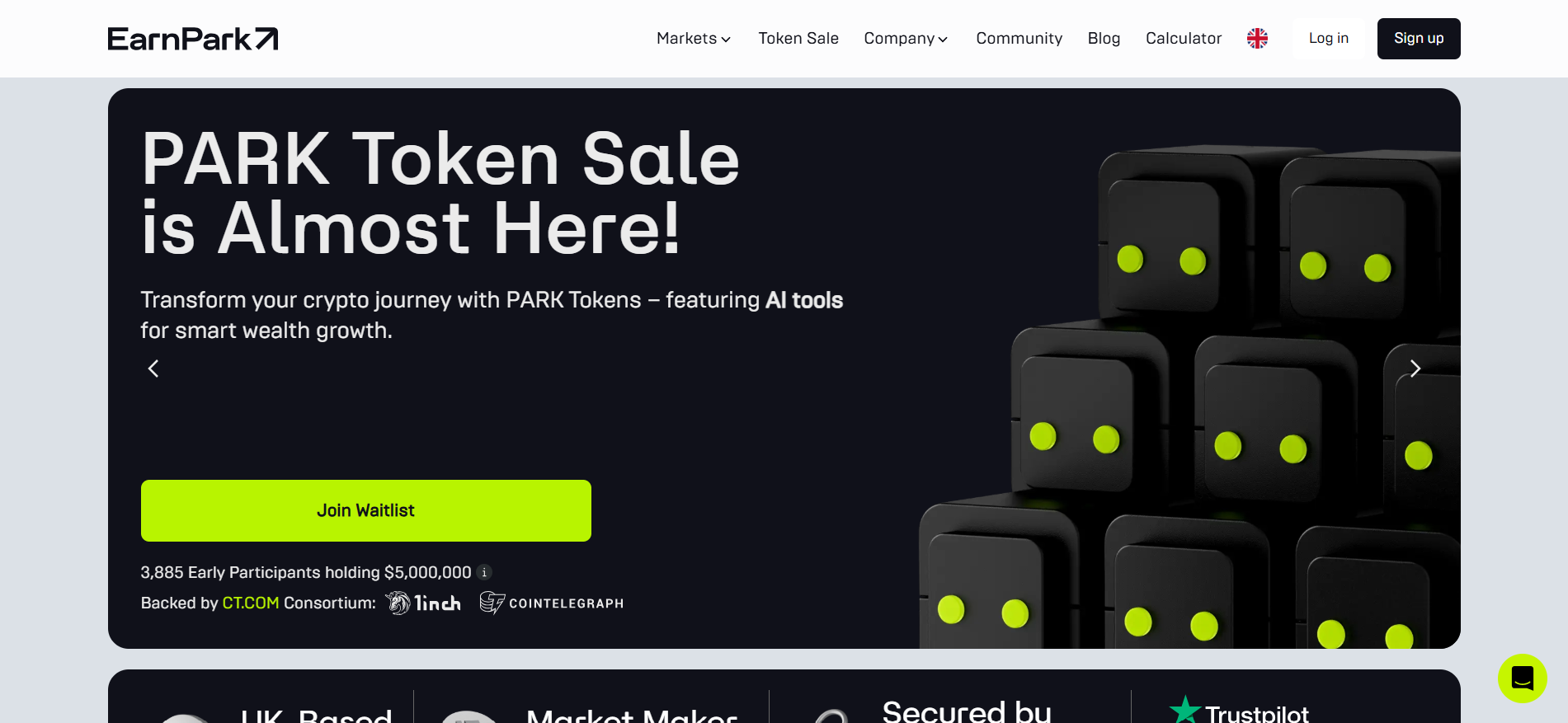
EarnPark offers tokenized, AI‑driven yield strategies on leading assets (BTC, ETH, USDT), promising up to 50% APY. Its backend uses proprietary algorithms and machine learning to identify arbitrage, hedging, and auto‑compounding opportunities. A tiered sale structure (100M PARK at $0.01/$0.02) supports sustainable growth, while a public sale on ZeroEx and CoinList vets the project. With leadership including a Binance market‑maker and ex‑IBM CTO, EarnPark bridges institutional-grade strategy with user‑centric staking incentives.
Key Features & Strengths:
- AI algorithm suite: Automated arbitrage, market-making, compounding.
- Tiered presale incentives: 30%/20%/10% bonus structure.
- Regulatory orientation: UK registration and SEC compliance claims.
- Experienced leadership: Deep fintech and trading pedigrees.
aiSUI ($SUIAGENT)
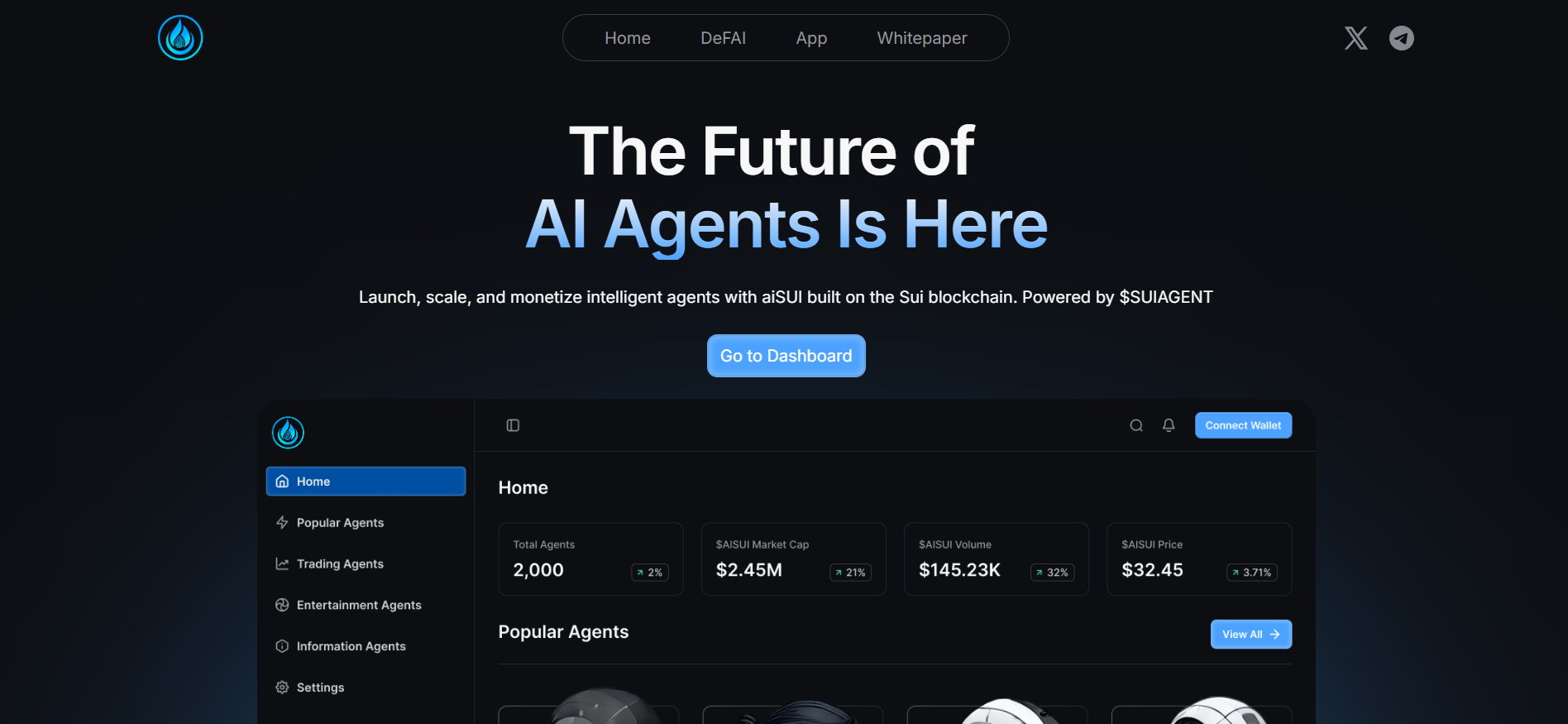
aiSUI markets itself as a launchpad and toolkit for AI agents on Sui, but details on its proprietary tech remain sparse. With $550K raised at $0.0015 via CoinTerminal IDO and KOL rounds, aiSUI’s low valuation (~$2M FDV) attracts speculative backers. Its promise of democratized AI agent deployment leverages Sui’s low‑cost, high‑speed architecture, yet its anonymous team and lack of demos underscore high execution risk.
Key Features & Strengths:
- Sui-native agent framework: Potential for seamless integration.
- Accessible pricing: Low token cost for early participants.
- High initial liquidity: 50% TGE unlock for user flexibility.
Metacces ($ACCES)
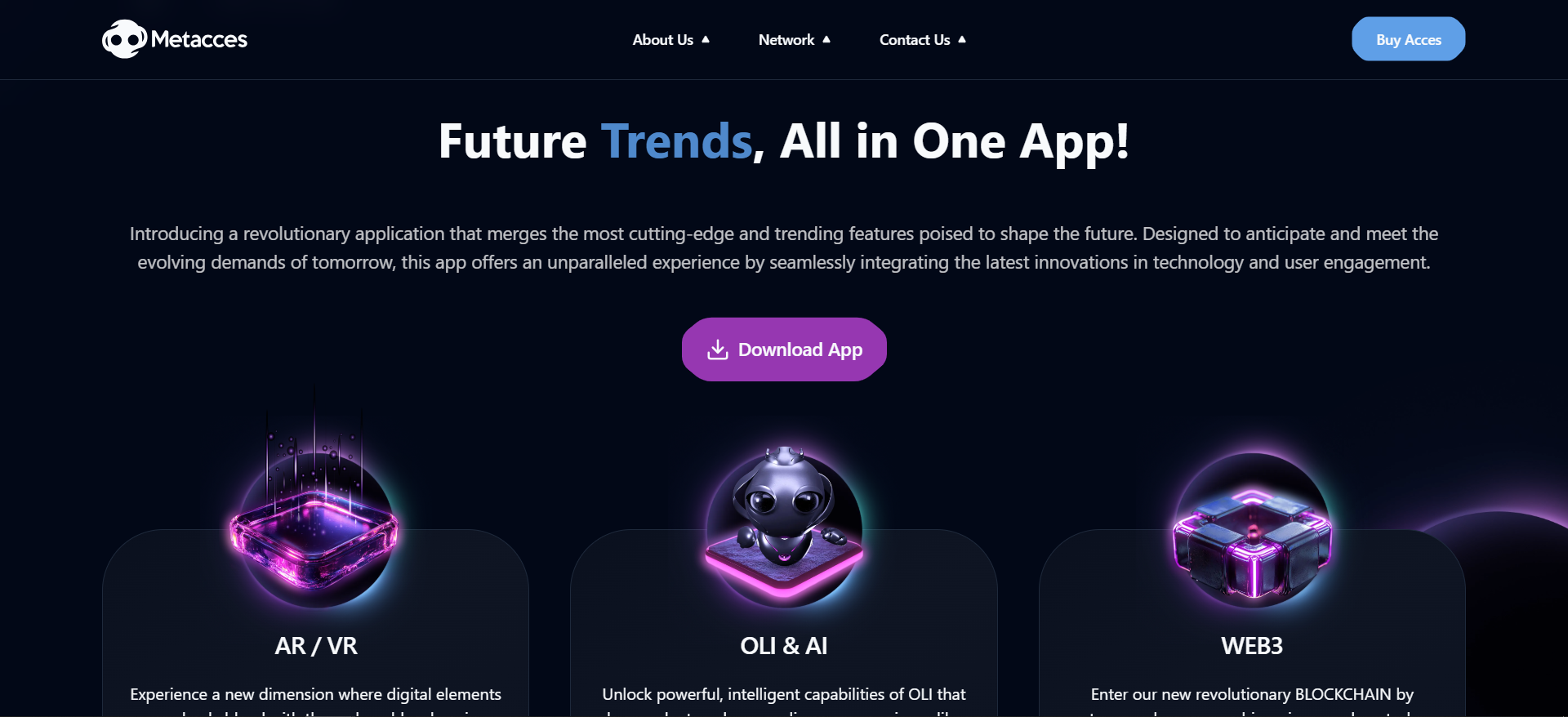
Metacces aspires to be a portal to the Metaverse, blending AR/VR experiences with an AI assistant called OLI. Its 4B ACCES supply fuels gamified quests, OLI skins, and an envisioned Layer-1 chain. However, the absence of a public team, murky tokenomics, and lack of working demos typify it as a marketing-heavy concept rather than a concrete new AI crypto presale venture.
Key Features & Strengths:
- AR/VR + AI fusion: Broad “future portal” narrative.
- Gamification hooks: Treasure hunts and NFT-based rewards.
Iceberg ($ICEBERG)
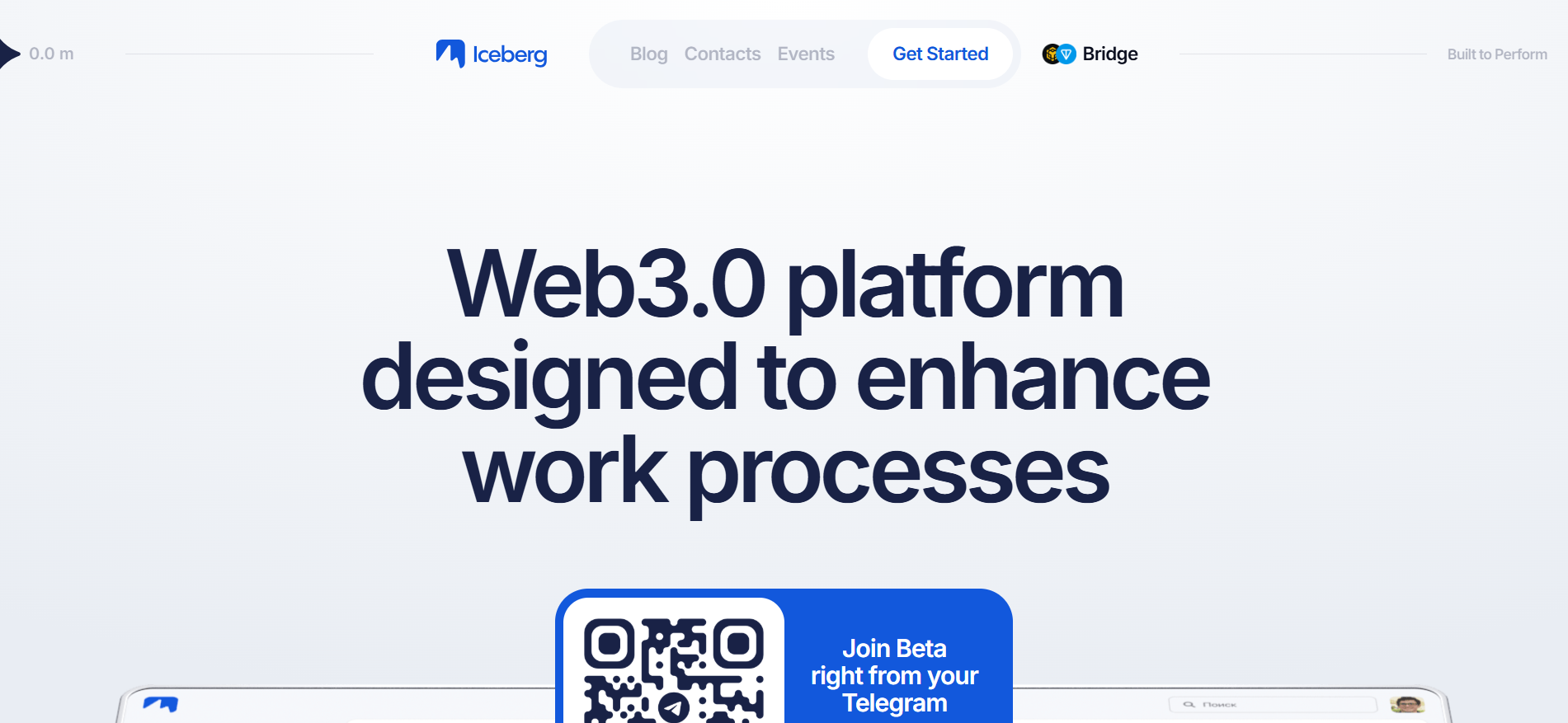
Iceberg integrates productivity tools into Telegram, offering calendars, CRMs, note-taking, and soon AI task assistants—all within a familiar chat UI. Its BinStarter IDO raised $200K at $0.00006, while its viral “Iceberg Play” mini-game reportedly engaged 3M users in weeks. With support from DAO Maker and Binance Launchpad, Iceberg pioneers the concept of a messenger-native Web3 workspace, aiming to reduce app fragmentation for decentralized teams.
Key Features & Strengths:
- In-chat productivity: Zero-context switching for users.
- AI-enhanced workflows: Planned bots for automation and summarization.
- Proven viral traction: 3M game participants signal strong interest.
- Launchpad pedigree: Binance and DAO Maker partnerships.
Walme ($WLM)
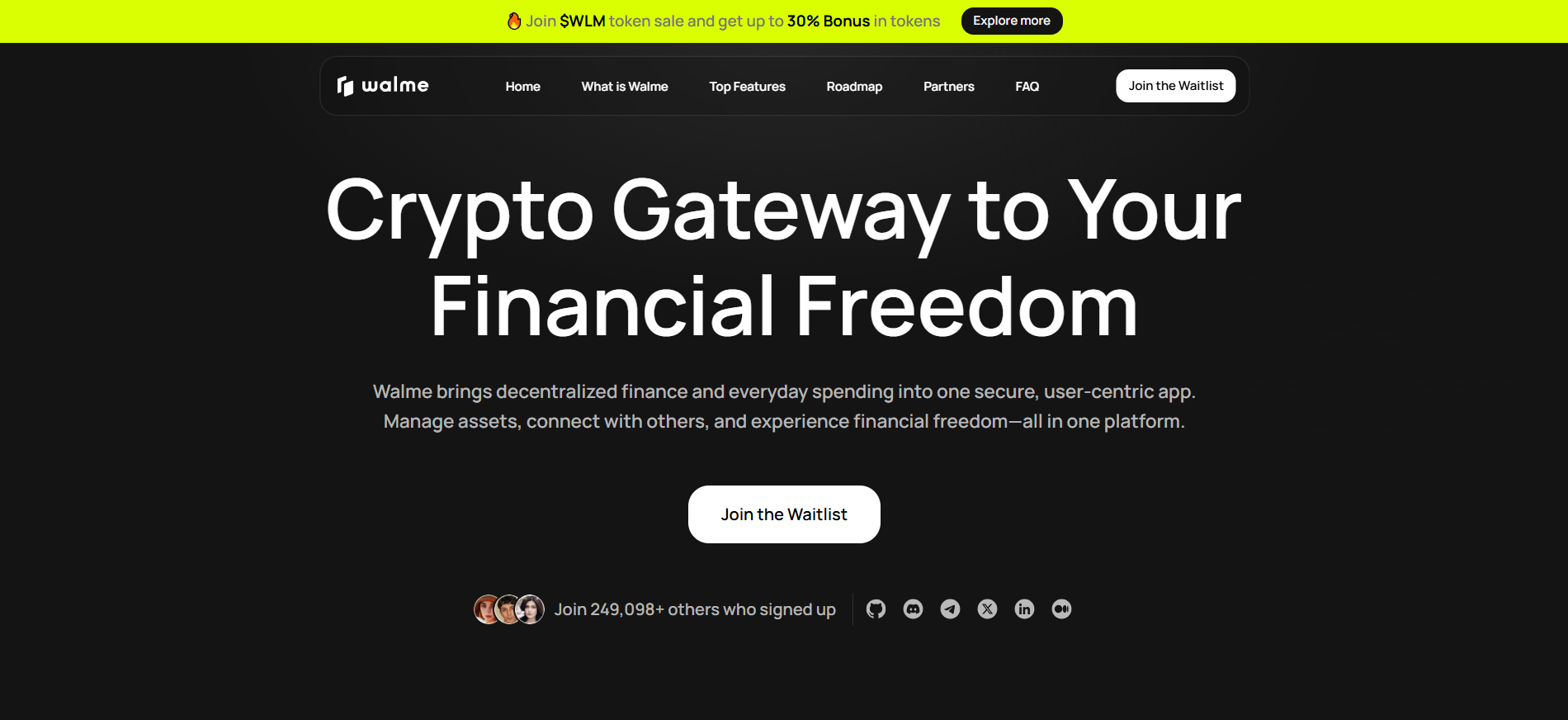
Walme fuses a multi-chain crypto wallet with an encrypted Matrix messenger, embedding AI analytics for personalized market insights. Its direct sale stages ($0.004–$0.006) support a comprehensive 10B token economy, with 25% allocated to marketing and 14% to team. Emphasizing EU licensing, KYC-compliant services, and fiat on‑ramps, Walme targets users seeking regulated Web3 banking wrapped in secure communication.
Key Features & Strengths:
- Unified wallet + chat: Hybrid UX for finance and messaging.
- AI market signals: Real-time risk assessments in chat.
- Regulatory focus: EU VASP licensure and compliance architecture.
- Multi-currency support: Crypto and fiat integration.
Sahara AI ($SAHARA)
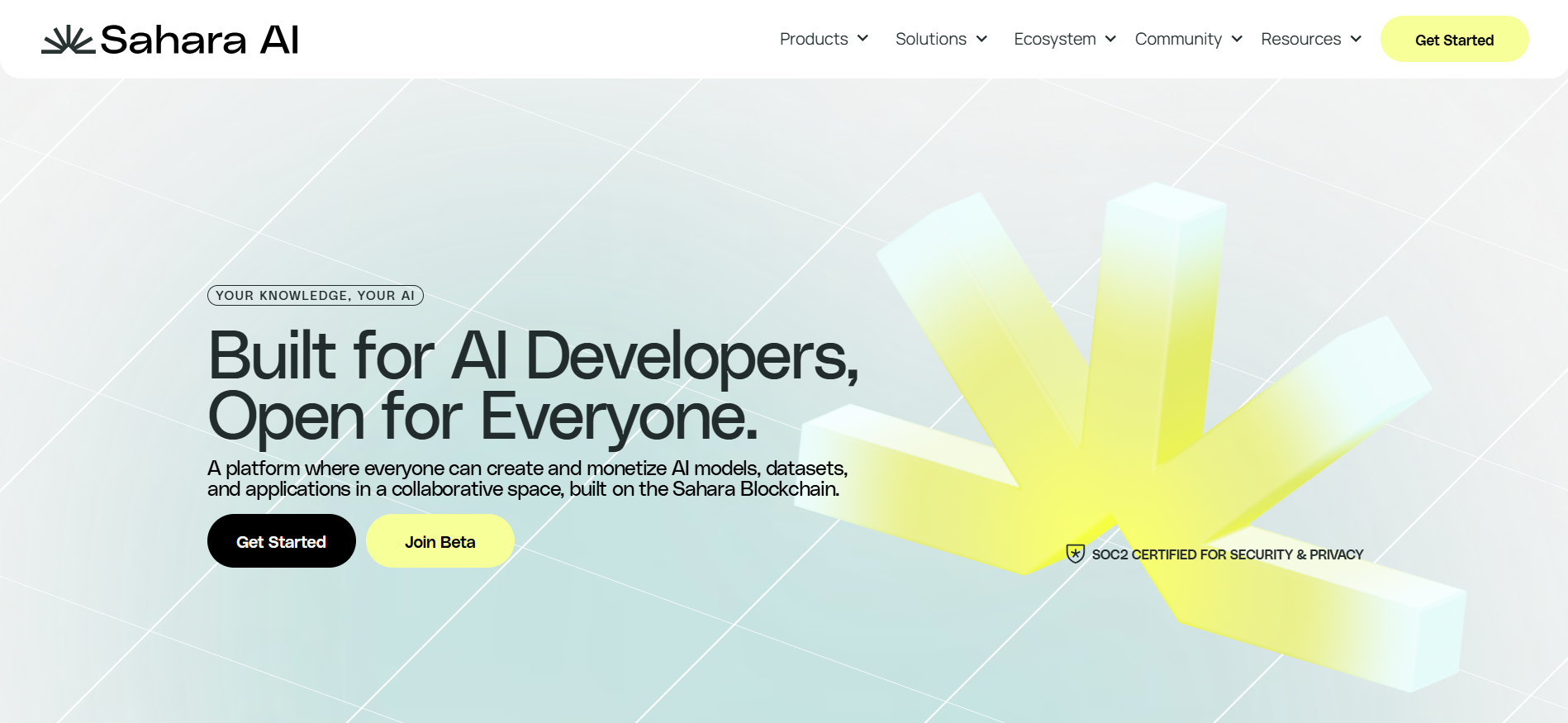
Sahara AI emerges as perhaps the most ambitious project in the AI crypto presale space, positioning itself as a full-stack AI-native Layer-1 blockchain. Having raised $43M in institutional funding from heavyweight VCs including Pantera, Binance Labs, Polychain, and Sequoia before any public sale, Sahara represents the venture capital bet on decentralized AI infrastructure.
The project’s $600M pre-money valuation reflects both the massive institutional interest and the limited public allocation (only 1.4% of supply for $8.5M). With SOC2 certification and partnerships with AWS, Google Cloud, and UC Berkeley, Sahara demonstrates enterprise-grade development standards rarely seen in crypto presales.
Key Features & Strengths:
- Knowledge Agents: Semi-autonomous AI models that interact with user data while preserving privacy
- Purpose-built L1: Custom blockchain optimized for AI asset execution and provenance
- Institutional backing: $43M raised from top-tier VCs signals serious technical commitment
- Proven traction: 3.2M+ testnet accounts with 1.4M daily active users during testing
Friendly Giant ($GIANTAI)
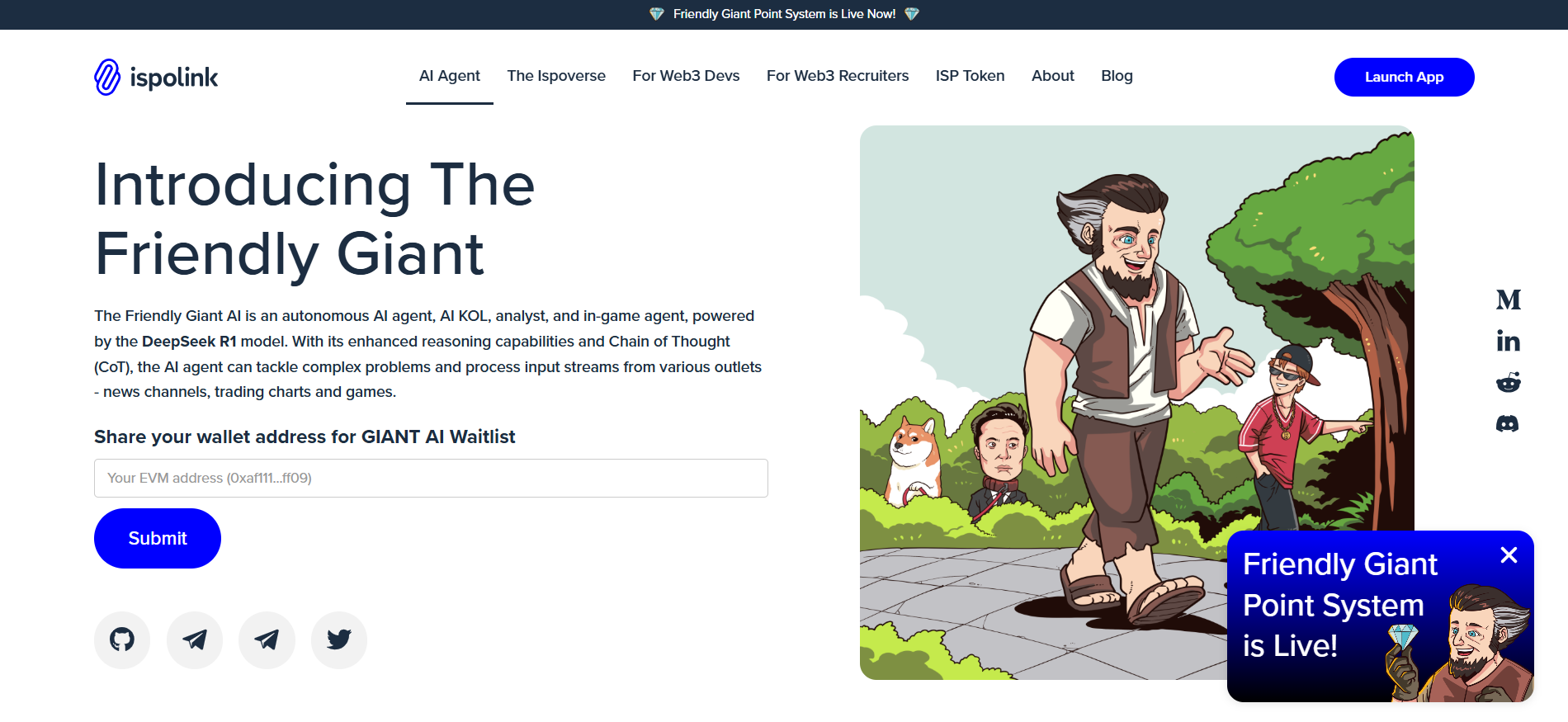
Friendly Giant AI takes a refreshingly modest approach in the AI agent space, building a DeepSeek R1-powered autonomous agent designed for multiple roles: crypto analyst, trading assistant, gaming companion, and even AI influencer. Based on Base chain with a total supply of 800M tokens, this project embodies the “grassroots AI” movement.
What sets Friendly Giant apart is its positioning as an all-in-one AI companion rather than a specialized tool. The technical emphasis on recursive reasoning and multi-step analysis suggests genuine AI development beyond marketing buzzwords.
Key Features & Strengths:
- Enhanced reasoning: DeepSeek R1 model with Chain-of-Thought processing for complex analysis
- Multi-domain AI: Single agent handling crypto trading, news analysis, and gaming
- Transparent team: Fully public founders with solid blockchain backgrounds
- Fair tokenomics: Only $170k total raise with community-focused distribution
Flagship ($FYI)
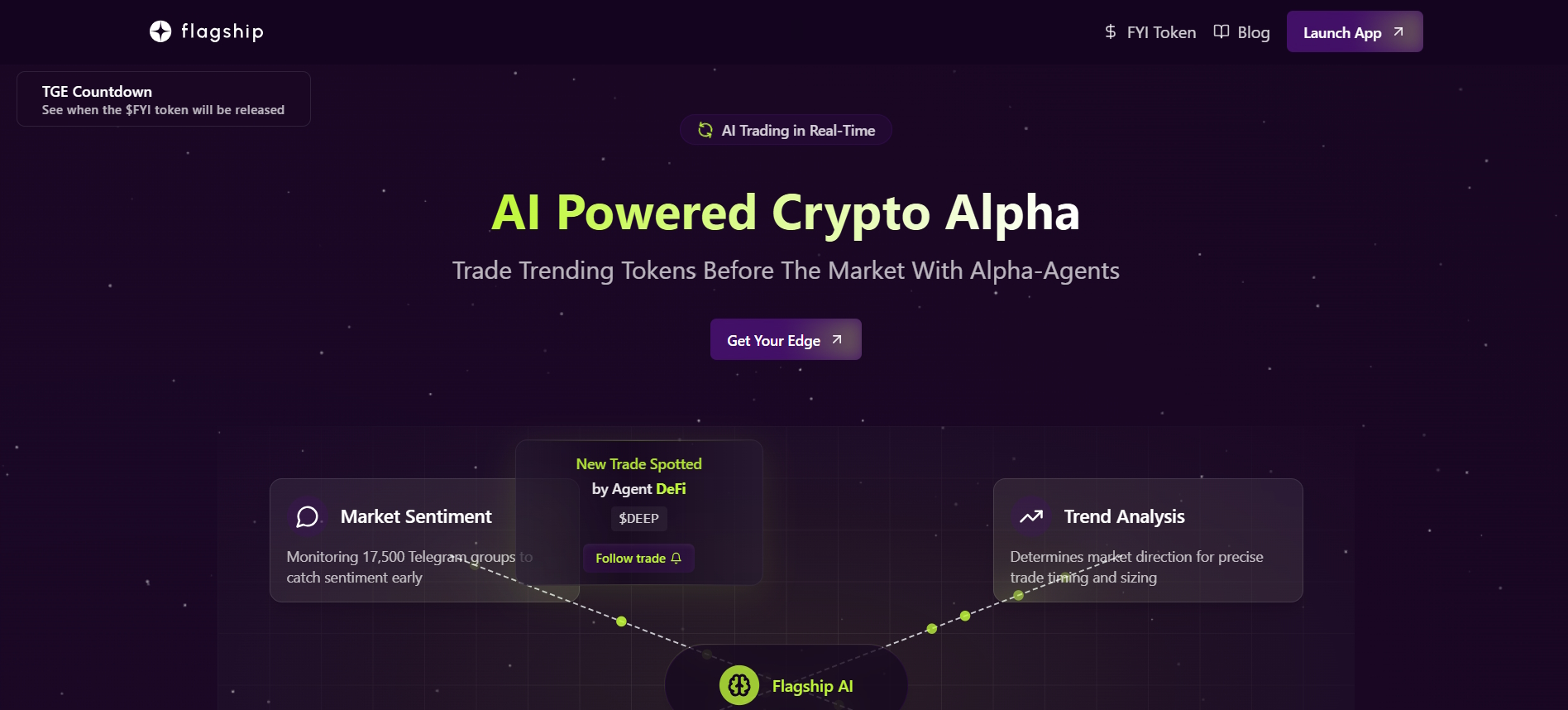
Flagship pioneers the “DeFAI” (Decentralized Finance + AI) category, combining AI-powered investment strategies with social trading elements. Their proprietary “Crypto Brain” monitors 20,000+ data sources in real-time, generating trading signals and managing autonomous portfolios for users.
Flagship’s unique approach includes gamified elements like daily crypto prediction games, making it both an investment platform and community engagement tool. The emphasis on compliance and human verification positions it for potential institutional adoption.
Key Features & Strengths:
- Comprehensive AI stack: Proprietary algorithms analyzing Telegram groups, social feeds, and on-chain data
- Agent Portfolios: Autonomous trading bots executing strategies 24/7
- Proof-of-Humanity: Sybil-resistant community ensuring real user participation
- Viral engagement: 500K+ monthly active users in prediction games pre-token
RWALayer ($VIRTUALAI)
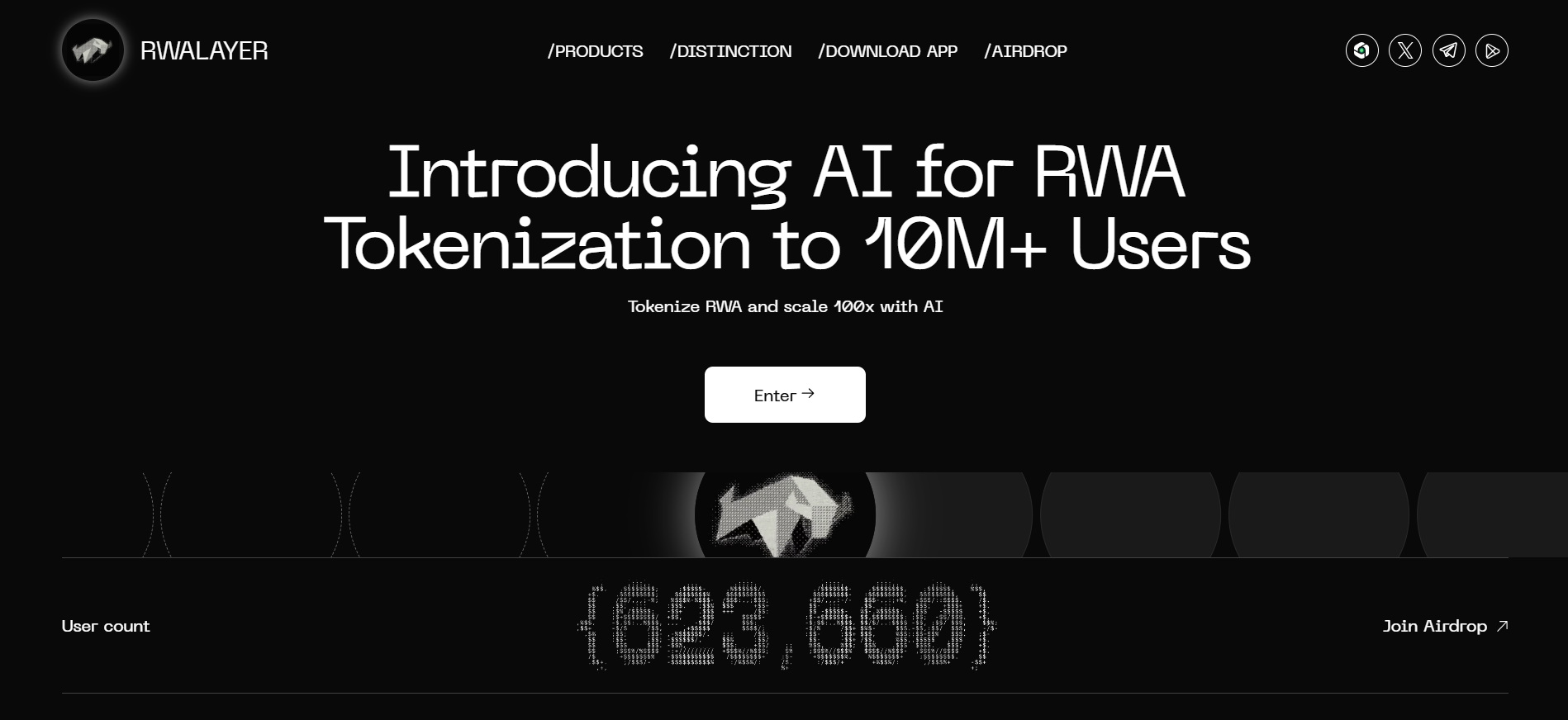
RWALayer represents the convergence of two major crypto trends: real-world asset tokenization and AI automation. Built as an Ethereum Layer-2 specifically for RWA processes, it promises to “100x RWA scale with AI” through automated asset management and compliance.
At only $3M FDV, RWALayer offers significant upside potential if it captures even a fraction of the projected $16 trillion tokenized asset market. However, the ambitious technical scope and anonymous team raise execution concerns.
Key Features & Strengths:
- Purpose-built L2: Ultra high-speed, low-gas network optimized for asset tokenization
- Google Gemini integration: Claims to be first project integrating Google’s multimodal AI
- ZK-rollup security: Ethereum-level security for institutional asset tokenization
- Automated compliance: AI handling complex real-world data analysis and risk assessment
How to Make Money from Crypto Presale
Crypto presales present lucrative entry points when approached strategically:
- Early Participation Discounts: Buy tokens at below-market rates to maximize upside at listing.
- Bonus Structures: Leverage tiered rounds and referral incentives (e.g., 10–30% bonuses) to increase your effective holdings.
- Staking & Vesting Rewards: Opt for projects offering staking yields or vesting bonuses, compounding returns before launch.
- Airdrops & Community Bounties: Engage in pre-launch tasks—social campaigns, bug hunts, or governance polls—to earn extra tokens.
- Strategic Listing Timing: Monitor market sentiment and exchange listings; selling a portion at peak listing volume can lock in profits.
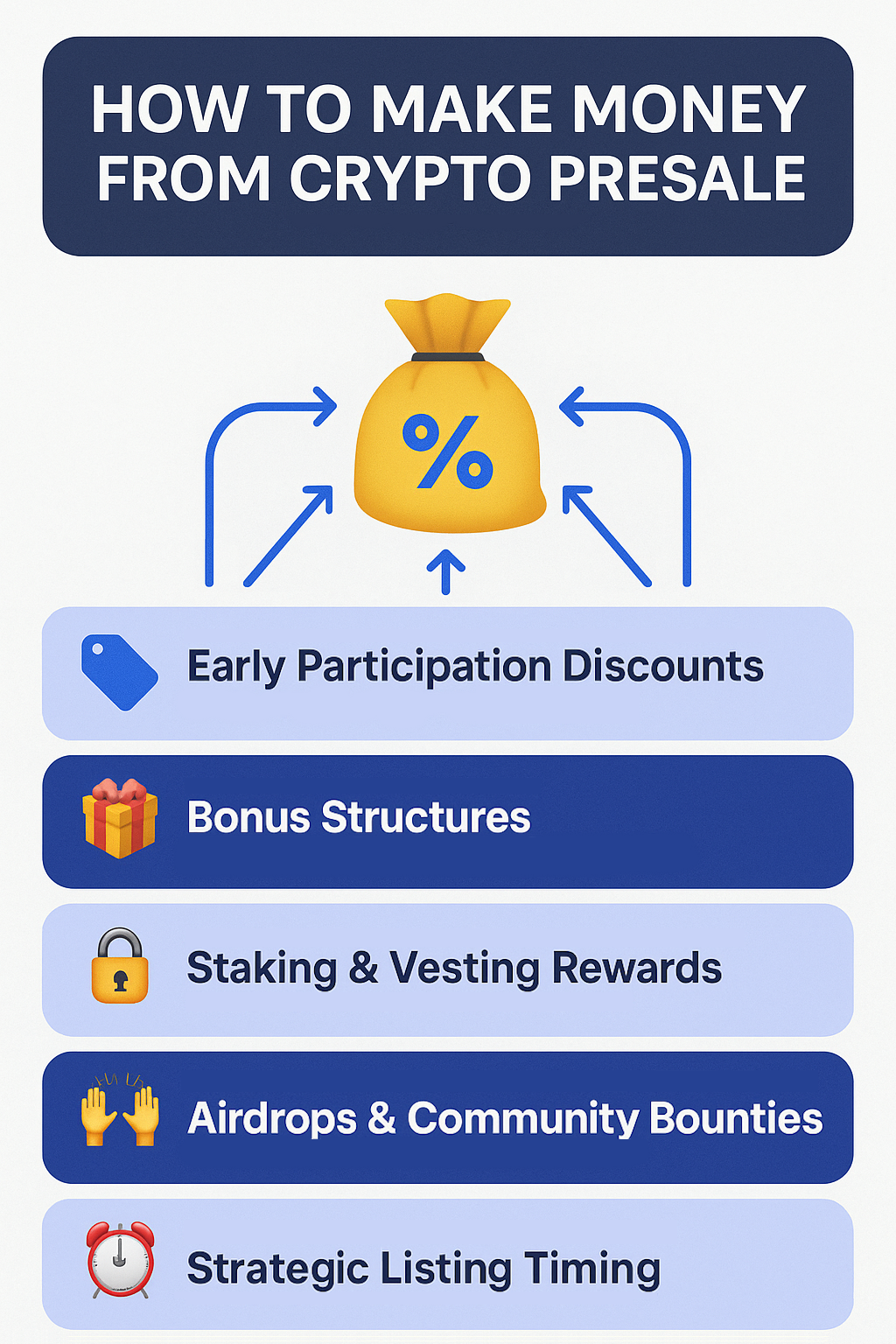
Disadvantages of Presale
While presales can yield high returns, they carry inherent risks:
- Liquidity Constraints: Tokens often lock for months; early gains may be unrealized until TGE or exchange listings.
- Project Failure: No guarantee the project will launch or gain traction; sunk capital can be lost entirely.
- Regulatory Uncertainty: Changing legal frameworks may classify presale tokens as securities, triggering compliance risks.
- Dilution & Dumping: Large unlock schedules can flood markets, depressing prices when team/investors sell.
- Information Asymmetry: Limited data on early-stage teams and technology increases the chance of scams.
Risks and Considerations
Infrastructure plays (Spinor, Acurast) require significant dev adoption and stable performance.
Anonymous teams (aiSUI, Metacces) carry elevated counterparty risk.
High initial unlocks (aiSUI, Iceberg) may precipitate early sell-offs.
RWA and banking-focused projects (Hydro, Walme) must navigate evolving legal frameworks.
Marketing-centric launches (Zesh, Metacces) need concrete demos to maintain momentum.
How to Sell My Project’s Coin on Presale
For project teams planning a successful presale token launch, follow these best practices:
- Clear Tokenomics Disclosure: Publicly detail allocation, vesting, and unlock schedules to build investor trust.
- Leverage Trusted Launchpads: Partner with reputable platforms (e.g., Polkastarter, CoinList, Binance Launchpad) for credibility and audience reach.
- Implement Staggered Rounds: Structure tiered pricing or bonus programs—seed, private, and public rounds—to reward early supporters and manage demand.
- Engage Community Early: Run bounties, AMAs, and social contests to build hype and ensure healthy order books at listing.
- Ensure Robust Smart Contracts: Audited, gas-optimized sale contracts minimize technical failures and secure funds.
The Future is Now: Your Next Steps in the AI Crypto Frontier
The ai crypto presale landscape in 2025 spans groundbreaking infrastructure, DePIN robotics, and SocialFi marketing tools. These ten projects showcase AI’s expanding role in Web3—from decentralized compute networks to community-driven robotics ventures. Whether you’re an investor chasing first-mover advantages or a developer seeking innovative integration, rigorous evaluation of technology, tokenomics, team credibility, and community engagement remains paramount to unlocking real value.
Frequently Asked Questions (FAQ)
Success metrics vary: ROI, network effect, or product adoption. Ethereum’s 2014 presale and Solana’s raise in 2020 often top the list, yet market conditions and project execution ultimately define success.
AI-driven models can identify patterns and sentiment-based signals, sometimes outperforming manual strategies. However, crypto markets remain highly volatile, and no algorithm guarantees perfect forecasts.
Ultra-high returns are unpredictable. Investors typically seek low‑cap projects with strong fundamentals—credible teams, real use cases, and measurable traction—understanding that such bets carry significant risk.
Presales offer early token access at lower prices but involve illiquidity, execution risks, and regulatory uncertainties. Thorough due diligence on technology, vesting, and team transparency is essential.
Choices depend on risk appetite. Projects with tangible AI infrastructure and clear roadmaps—such as Spinor, Acurast, or Zesh AI—often stand out, yet diversification and personal investment strategy remain key.
Participating in presales can yield discounted entry, but requires conviction in long-term vision and tolerance for volatility. Always assess tokenomics, team credibility, and real-world utility before committing.
Rate the article




